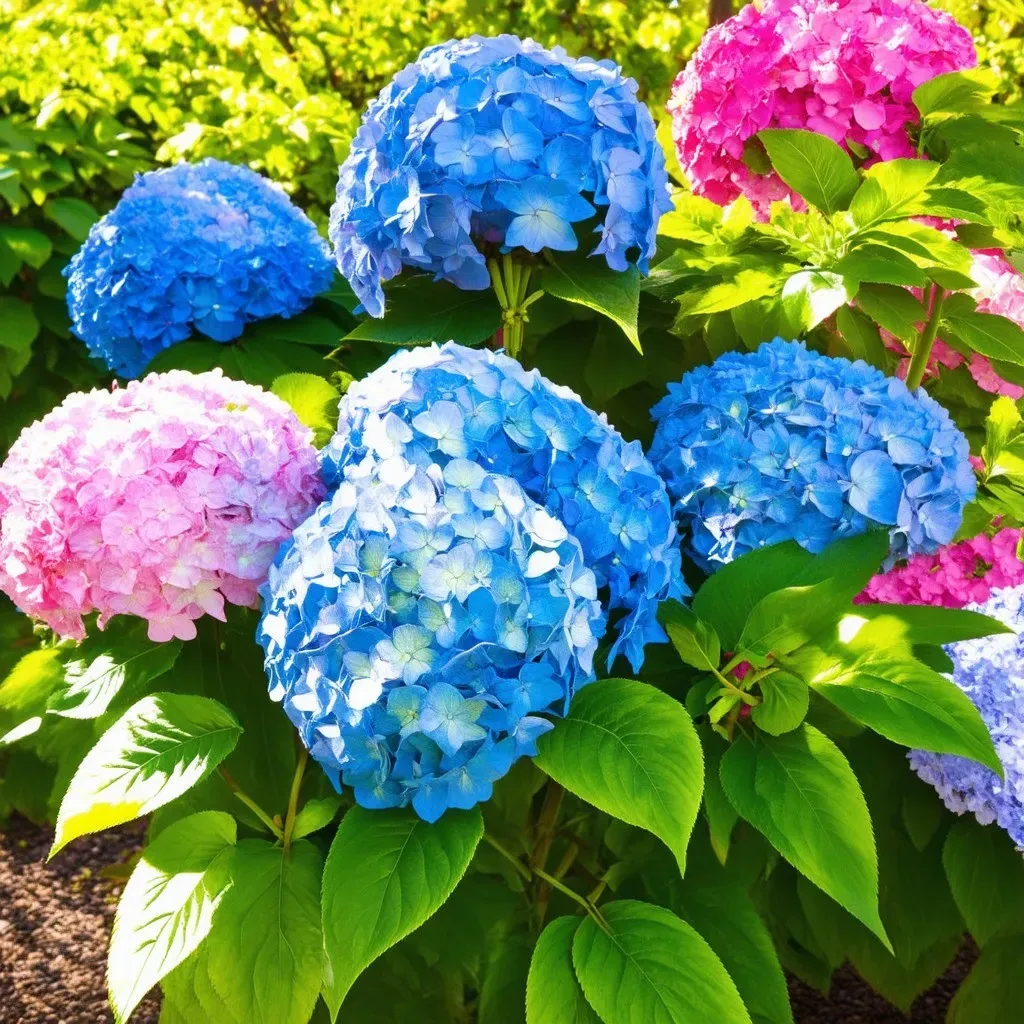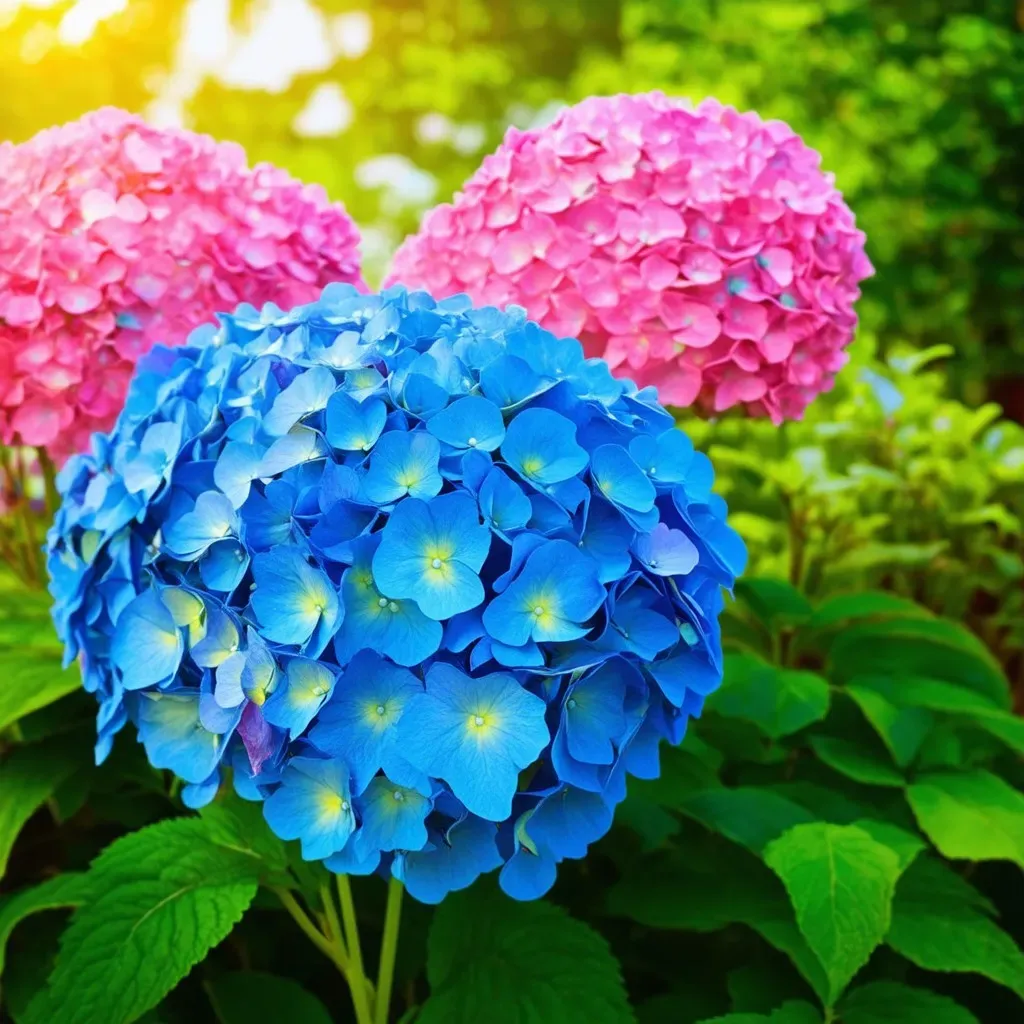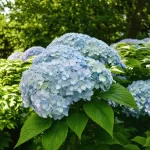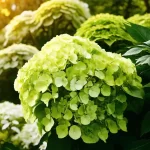hydrangea-faqs/discover-the-perfect-timing-when-to-plant-hydrangeas-for-a-blooming-garden/">when to plant hydrangeas in Georgia is a crucial question for many gardening enthusiasts. The state, known for its warm climate and rich soil, offers an excellent environment for growing this stunning flowering shrub.
Optimal Planting Seasons for Hydrangeas in Georgia
The best time to plant hydrangeas in Georgia is during the cooler periods of early spring or fall. Planting during these times allows the plants to establish strong root systems before the extreme summer heat or winter chill sets in. Early spring typically ranges from late March to early May, while fall planting is ideal from late September to early November.
| Season | Ideal Planting Months | Soil Temperature |
|---|---|---|
| Early Spring | Late March – Early May | 55°F – 70°F |
| Fall | Late September – Early November | 60°F – 75°F |
Key Considerations for Timing:
- Soil Temperature: Hydrangeas thrive best when the soil temperature is between 55°F and 70°F. This is crucial for root establishment.
- Frost Dates: Check local frost dates to avoid planting too early in spring or too late in fall when the ground may freeze.
- Regional Variations: Georgia encompasses various USDA hardiness zones (6-9), so the timing may vary slightly based on your specific location within the state.
Common Hydrangea Varieties in Georgia
Different types of hydrangeas bloom at various times and require unique care. Here’s a quick look at some popular varieties and their blooming schedules:
| Hydrangea Variety | Blooming Season | Key Features |
|---|---|---|
| Bigleaf Hydrangea (H. macrophylla) | Summer (June – July) | Color can change based on soil pH. |
| Oakleaf Hydrangea (H. quercifolia) | Late Spring to Early Summer | Unique oak-shaped leaves. |
| Panicle Hydrangea (H. paniculata) | Late Summer to Fall | Cone-shaped flower clusters. |
| Smooth Hydrangea (H. arborescens) | Summer (July – August) | Hardy and adaptable, blooms on new wood. |
Top Tips for Planting Hydrangeas in Georgia:
- Site Selection: Choose a location with partial shade, ideally morning sun and afternoon shade, which helps to prevent the foliage from wilting in the midday heat.
- Soil Quality: Hydrangeas prefer well-drained, organic-rich soil. Amending your soil with compost can help improve drainage and provide vital nutrients.
- Watering: Ensure a consistent watering schedule, especially in the first few weeks after planting. Hydrangeas prefer moist soil but not soggy conditions.

Hydrangea Care in Georgia
Once planted, proper care is essential for maintaining healthy, vibrant hydrangeas. Here’s a checklist to help guide your routine:
- Watering: Hydrangeas need about an inch of water weekly. During dry spells, consider using mulch to retain moisture.
- Fertilization: Use a balanced fertilizer in early spring and again in mid-summer, following the package instructions for application rates.
- Pruning: Prune hydrangeas only as needed. Most varieties bloom on old wood, so cutting them back too early in the year can remove future blooms. For those that bloom on new wood, prune in late winter or early spring.
Hydrangea Blooming Times in Georgia:
| Variety | Bloom Time | Notes |
|---|---|---|
| Bigleaf (H. macrophylla) | June to July | Color can be adjusted by pH levels. |
| Oakleaf (H. quercifolia) | May to July | Offers stunning fall color. |
| Panicle (H. paniculata) | July to October | Very hardy and great for landscapes. |
| Smooth (H. arborescens) | June to August | Best for wet areas. |

Frequently Asked Questions (FAQ)
When is the latest I can plant hydrangeas in Georgia?
You can generally plant hydrangeas until early November, as long as the ground is not frozen. Late September to mid-October is ideal.
Can hydrangeas survive Georgia’s winters?
Most hydrangea varieties are hardy and can survive Georgia’s mild winters, especially in zones 8 and 9. However, mulching around the base can offer additional protection.
How can I change hydrangea flower colors?
Adjusting the soil pH can change the flowers’ color. Acidic soil (pH below 6) produces blue flowers, while alkaline soil (pH above 7) yields pink flowers. Aluminum sulfate can be used to acidify the soil, while lime can make it more alkaline.
Do hydrangeas need full sun?
No, hydrangeas do best in partial shade. Morning sun with afternoon shade is ideal, as too much direct sunlight can scorch the leaves and flowers.
For more information, visit the UGA Cooperative Extension.

Final Thoughts
Successfully planting hydrangeas in Georgia hinges on understanding the optimal planting times and care requirements. By following the best practices for planting and care, you can enhance your garden’s beauty with these enchanting blooms year after year. Remember to select the right variety for your specific conditions and enjoy the floral show that follows!


